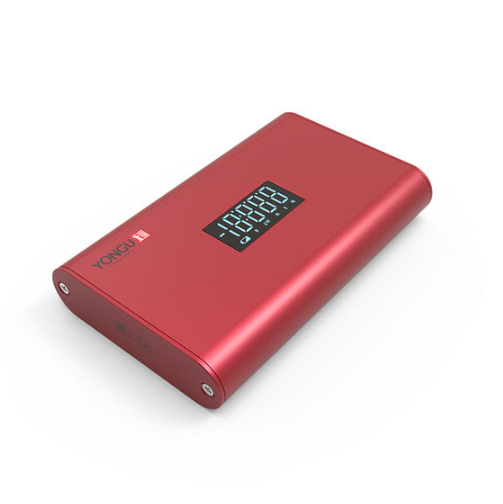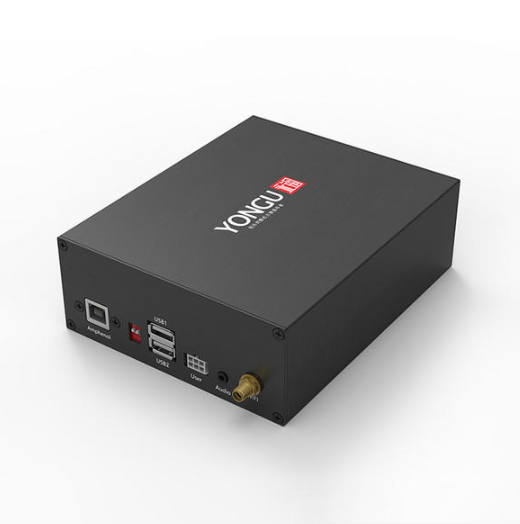Circuit board enclosures are fundamental components that protect electronic devices from external elements while ensuring their proper functioning. These enclosures serve as shields, safeguarding delicate circuitry from environmental hazards, mechanical stress, and electromagnetic interference.
The choice of material in crafting these enclosures significantly impacts their performance and longevity. Material selection is a crucial aspect of enclosure design, directly influencing the enclosure's ability to withstand varying conditions and maintain the integrity of the enclosed electronics.
The choice of material in crafting these enclosures significantly impacts their performance and longevity. Material selection is a crucial aspect of enclosure design, directly influencing the enclosure's ability to withstand varying conditions and maintain the integrity of the enclosed electronics.
Why Materials Selection is Important for Circuit Board Enclosures?
The material used in circuit board enclosures is crucial for several reasons:
●Environmental Protection: Enclosures shield delicate electronic components from external elements such as moisture, dust, chemicals, and extreme temperatures. The right material ensures the enclosure can withstand these environmental factors, preventing damage and ensuring longevity.
●Electrical Insulation and Conductivity: Different applications demand materials with specific electrical properties. Some enclosures require high conductivity for effective heat dissipation, while others need insulation to prevent electrical interference and protect against electrostatic discharge (ESD).
●Mechanical Strength: Enclosures must withstand physical stresses, such as impacts, vibrations, and shocks. The material's mechanical properties determine the enclosure's ability to protect the internal circuitry and maintain structural integrity.
●Shielding Against Electromagnetic Interference (EMI): Certain materials possess properties that shield against EMI, preventing interference from disrupting the functionality of electronic devices.
●Weight and Cost Considerations: The choice of material impacts the weight of the enclosure, crucial for applications where weight is a concern (e.g., aerospace). Additionally, balancing performance with cost-effectiveness is essential to ensure the enclosure meets budgetary constraints without compromising quality.
●Compliance and Safety Standards: Industries like healthcare and automotive have stringent safety and regulatory standards. Enclosure materials must meet these criteria to ensure the safety and reliability of the devices they protect.
●Environmental Protection: Enclosures shield delicate electronic components from external elements such as moisture, dust, chemicals, and extreme temperatures. The right material ensures the enclosure can withstand these environmental factors, preventing damage and ensuring longevity.
●Electrical Insulation and Conductivity: Different applications demand materials with specific electrical properties. Some enclosures require high conductivity for effective heat dissipation, while others need insulation to prevent electrical interference and protect against electrostatic discharge (ESD).
●Mechanical Strength: Enclosures must withstand physical stresses, such as impacts, vibrations, and shocks. The material's mechanical properties determine the enclosure's ability to protect the internal circuitry and maintain structural integrity.
●Shielding Against Electromagnetic Interference (EMI): Certain materials possess properties that shield against EMI, preventing interference from disrupting the functionality of electronic devices.
●Weight and Cost Considerations: The choice of material impacts the weight of the enclosure, crucial for applications where weight is a concern (e.g., aerospace). Additionally, balancing performance with cost-effectiveness is essential to ensure the enclosure meets budgetary constraints without compromising quality.
●Compliance and Safety Standards: Industries like healthcare and automotive have stringent safety and regulatory standards. Enclosure materials must meet these criteria to ensure the safety and reliability of the devices they protect.
What are the Common Materials in Circuit Board Enclosures?
Circuit board enclosures can be made from various materials, each offering different properties and advantages. Some common materials used for circuit board enclosures include:
●Plastic
Thermoplastics like ABS (Acrylonitrile Butadiene Styrene), polycarbonate, and nylon are commonly used due to their affordability, lightweight nature, and ease of manufacturing. They are also good insulators and can be molded into various shapes and sizes.
●Metal
Aluminum and steel are frequently used for their durability and ability to shield against electromagnetic interference (EMI). Aluminum is lightweight and provides good thermal conductivity, making it suitable for dissipating heat generated by electronic components.
●Die-Cast Metal Alloys
Zinc, magnesium, and aluminum alloys are used for enclosures requiring greater strength and precision. Die-cast enclosures offer excellent protection against environmental factors and EMI.
●Composite Materials
Some enclosures combine materials like fiberglass or carbon fiber with resins to create enclosures that are lightweight, durable, and possess good electrical insulation properties.
●Ceramics
In certain specialized applications where high-temperature resistance or specific dielectric properties are required, ceramic materials might be used for enclosures.
Factors Influencing Material Selection
In this section, the author would list what factors can affect the material selection
●Environmental Considerations
The environment in which an electronic device operates greatly influences the choice of enclosure material. Extreme temperatures, moisture, and exposure to chemicals can degrade materials over time. Engineers must consider the enclosure's ability to resist corrosion and maintain structural integrity under these conditions.
●Electrical Properties
Materials used in enclosures must possess specific electrical properties. Some applications require materials with high conductivity to dissipate heat effectively, while others necessitate insulation properties to prevent electrical interference and ensure safety against electrostatic discharge (ESD).
●Mechanical Strength and Protection
The enclosure material's mechanical properties play a pivotal role in safeguarding the enclosed electronics. It should withstand impacts, vibrations, and shocks while providing adequate structural support to the delicate circuitry within.
Conclusion
In essence, the material used in circuit board enclosures directly influences their ability to safeguard electronics from environmental hazards, maintain electrical integrity, withstand physical stresses, and comply with industry standards—all critical factors for the optimal functioning and longevity of electronic devices.





